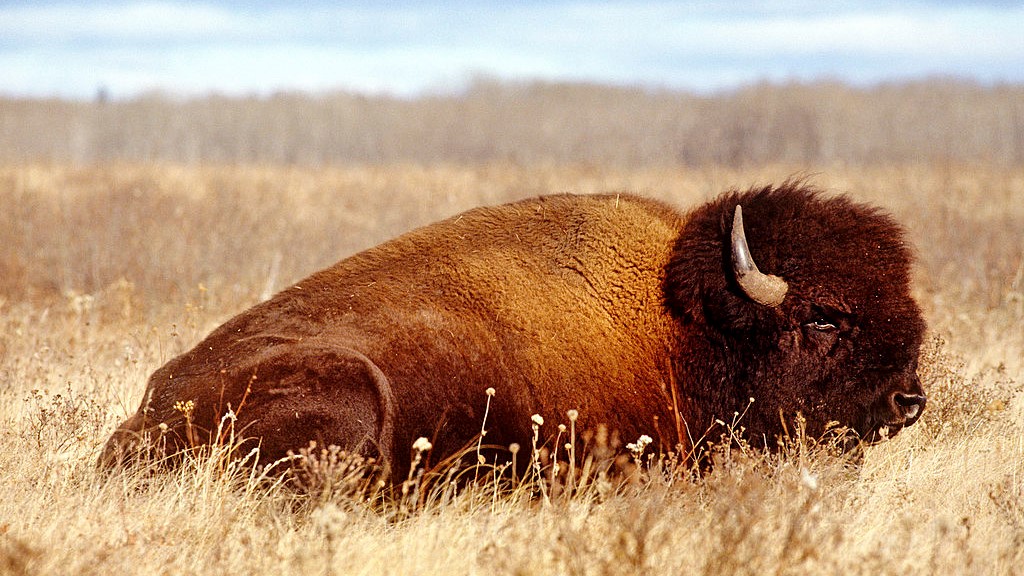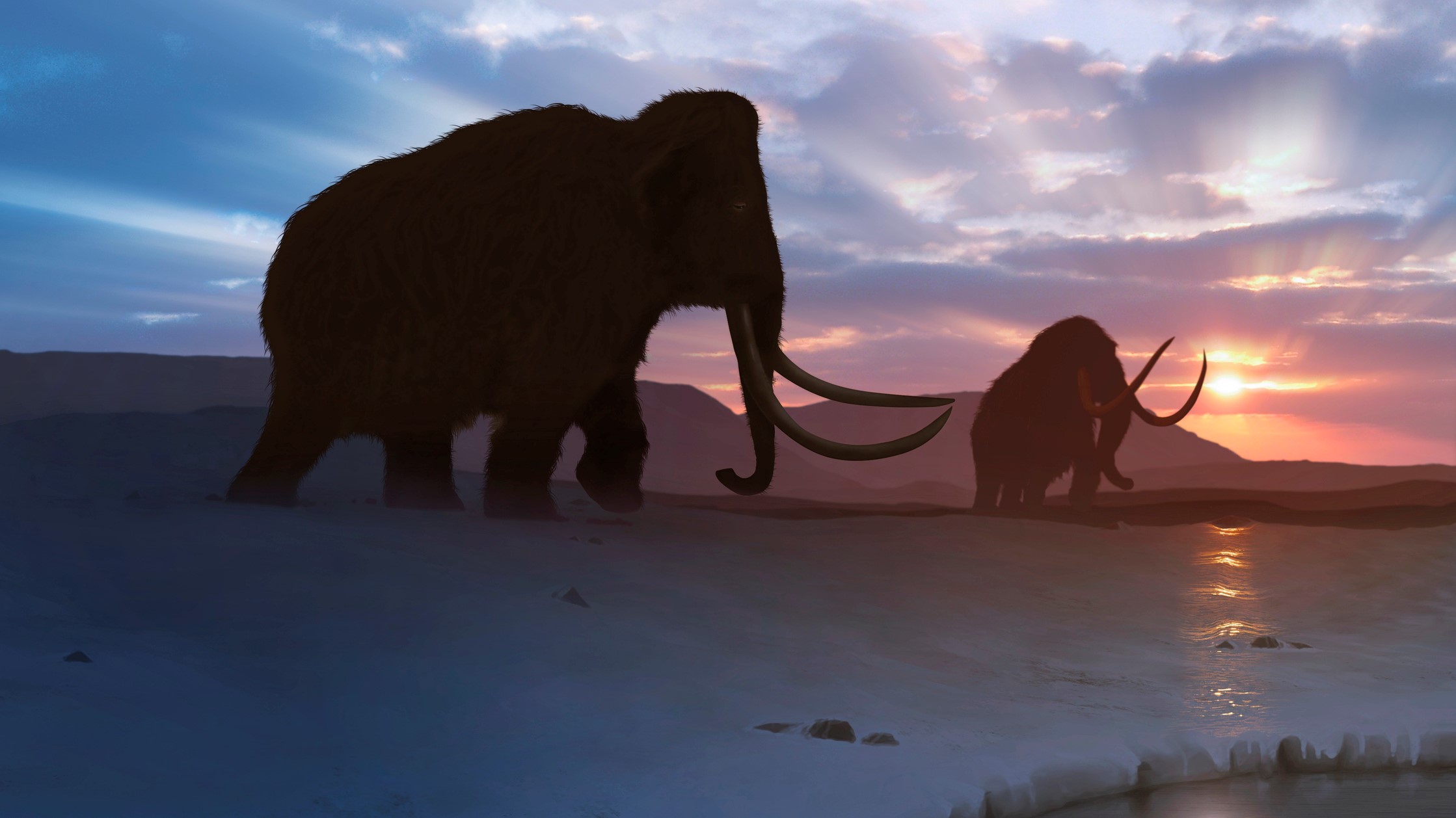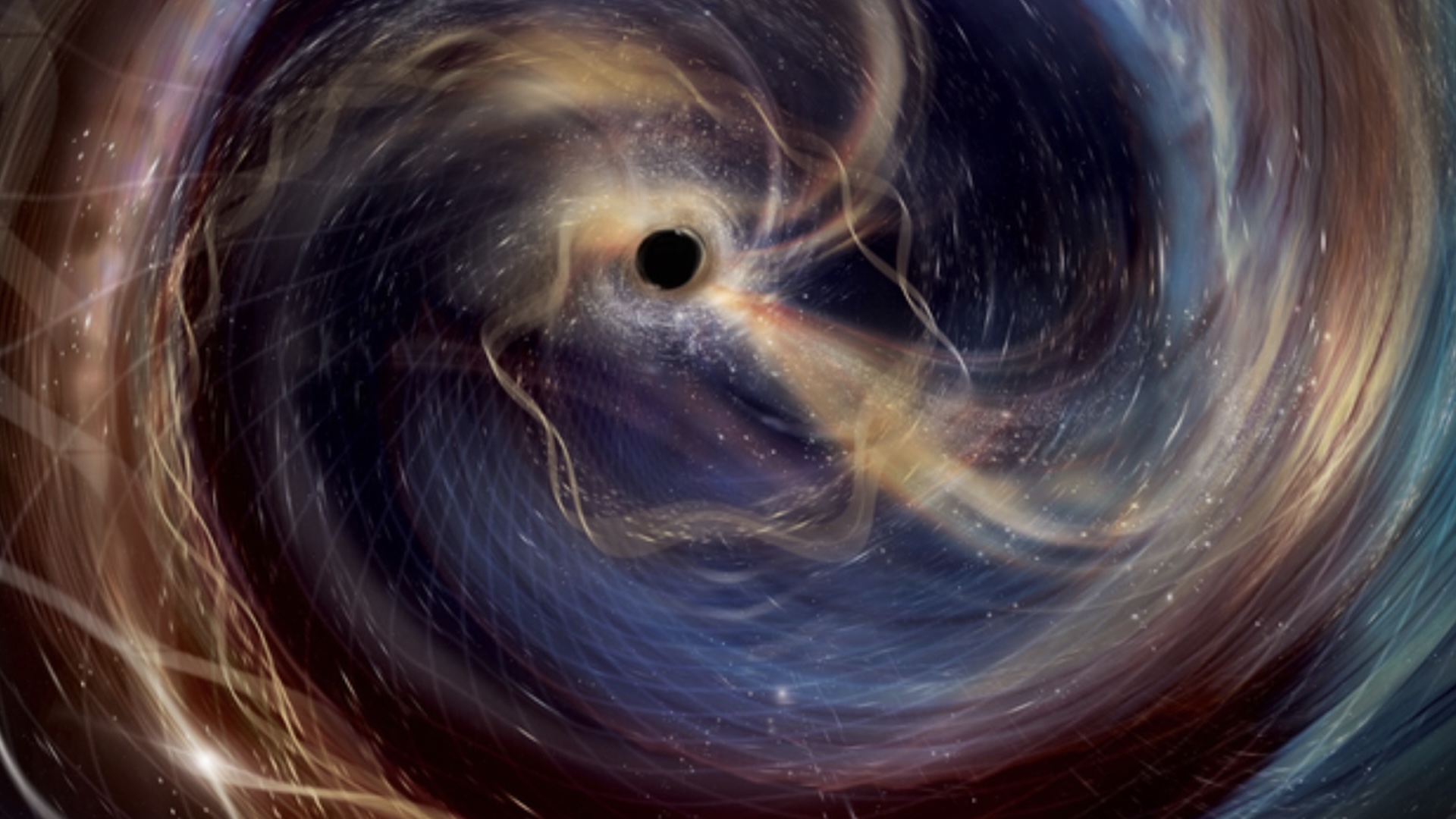Bison are being introduced to the Russian Arctic to replace extinct woolly mammoths. But why?
Large herbivores could transform the local ecosystem by grazing and recycling nutrients, but the climate was probably more important in shaping the vast, frigid grasslands of the Pleistocene.
Scientists have introduced bison to the Russian Arctic to take on the role of extinct mammoths and help restore ancient ecosystems.
Twelve plains bison (Bison bison bison) have arrived at Ingilor Nature Park, a protected area covering more than 2.2 million acres (900,000 hectares) in the northern Yamal-Nenets Autonomous Area. The animals traveled 5,000 miles (8,000 kilometers) from a nursery in Denmark and disembarked from their long journey three weeks ago, according to a statement. Before they can discover their new home, however, the bison — also known as buffalos — must first complete a one-month quarantine.
"Buffalo can easily adapt to the Arctic because, historically, it is their natural habitat," the Yamal-Nenets Autonomous Area Department of Natural Resources and the Environment said in a separate statement. "They can take on the role of mammoths, which became extinct 11,000 years ago."
Steppe bison and woolly mammoths roamed the Russian Arctic during the late Pleistocene epoch (2.6 million to 11,700 years ago). Though a small population of disastrously damaged mammoths survived on an island off Alaska until about 4,000 years ago, most of these herbivores died out at the end of the ice age, when the climate became warmer and the grassy plains gave way to shrubs and trees.
Related: Woolly mammoths were seasonal sex fiends just like elephants, study finds
"The Pleistocene ecosystem was treeless and had quite thick soils," Mary Edwards, an emerita professor of physical geography at the University of Southampton in the U.K., told Live Science. "What you can see in geological sections of these kinds of landscapes is that, over time, they're storing soil carbon — it's frozen by the permafrost and it's basically a big carbon stack."
The animals that lumbered across these frigid plains contributed to shaping the landscape by grazing and recycling nutrients. "It's a nice cycle of animal dung fertilizing the ground and allowing the plants to grow," Edwards said. "The thought is that the animals maintained the ecosystem."
Get the world’s most fascinating discoveries delivered straight to your inbox.
A 'very interesting idea'
Now, in a bid to restore this Pleistocene landscape and its ability to soak up carbon, scientists are introducing large herbivores, such as plains bison, to different parts of the Arctic.
Nikita Zimov, the director of a restoration project called Pleistocene Park in Yakutia, has been bringing bison over from Denmark since 2019. "For our rewilding efforts we are bringing to the Arctic animals which either lived here during the ice age or those who could live here in the modern climate," he told Live Science in an email.
This year, Zimov bought a herd of 24 bison, half of which he gave to Ingilor Nature Park in exchange for 14 musk oxen (Ovibos moschatus). These musk oxen almost went extinct in the early 1900s, and only a few scattered herds remain in the Russian Arctic, he said.
With the musk oxen now en route to Pleistocene Park, Zimov said he "aims to restore high productive grazing ecosystems in the Arctic, and through various ecological mechanisms mitigate climate change."
But Edwards is skeptical. Animals can transform ecosystems locally, she said, but the climate during the Pleistocene was probably more important in shaping the landscape. "It was too cold and too dry for trees and shrubs to grow, so you had grasses and different kinds of herbs covering the landscape," she said.
Today's climate is much warmer and wetter, meaning the ecosystem may not be suitable for large herbivores. "You have to change the landscape for them and create pastures," Edwards said.
But modifying the landscape could have unintended consequences. Thawing permafrost means there is more water in the soil, which shrubs and trees take up. "If you got rid of all the shrubs everything would get waterlogged," Edwards said, adding that this stagnant water could contribute to thaw and enhance the loss of carbon from soils.
However, introducing these animals to the Russian Arctic is "a very interesting idea," Edwards said. "There's definitely a window for the reintroduction of some of the big, lost animals of the Pleistocene."

Sascha is a U.K.-based staff writer at Live Science. She holds a bachelor’s degree in biology from the University of Southampton in England and a master’s degree in science communication from Imperial College London. Her work has appeared in The Guardian and the health website Zoe. Besides writing, she enjoys playing tennis, bread-making and browsing second-hand shops for hidden gems.


